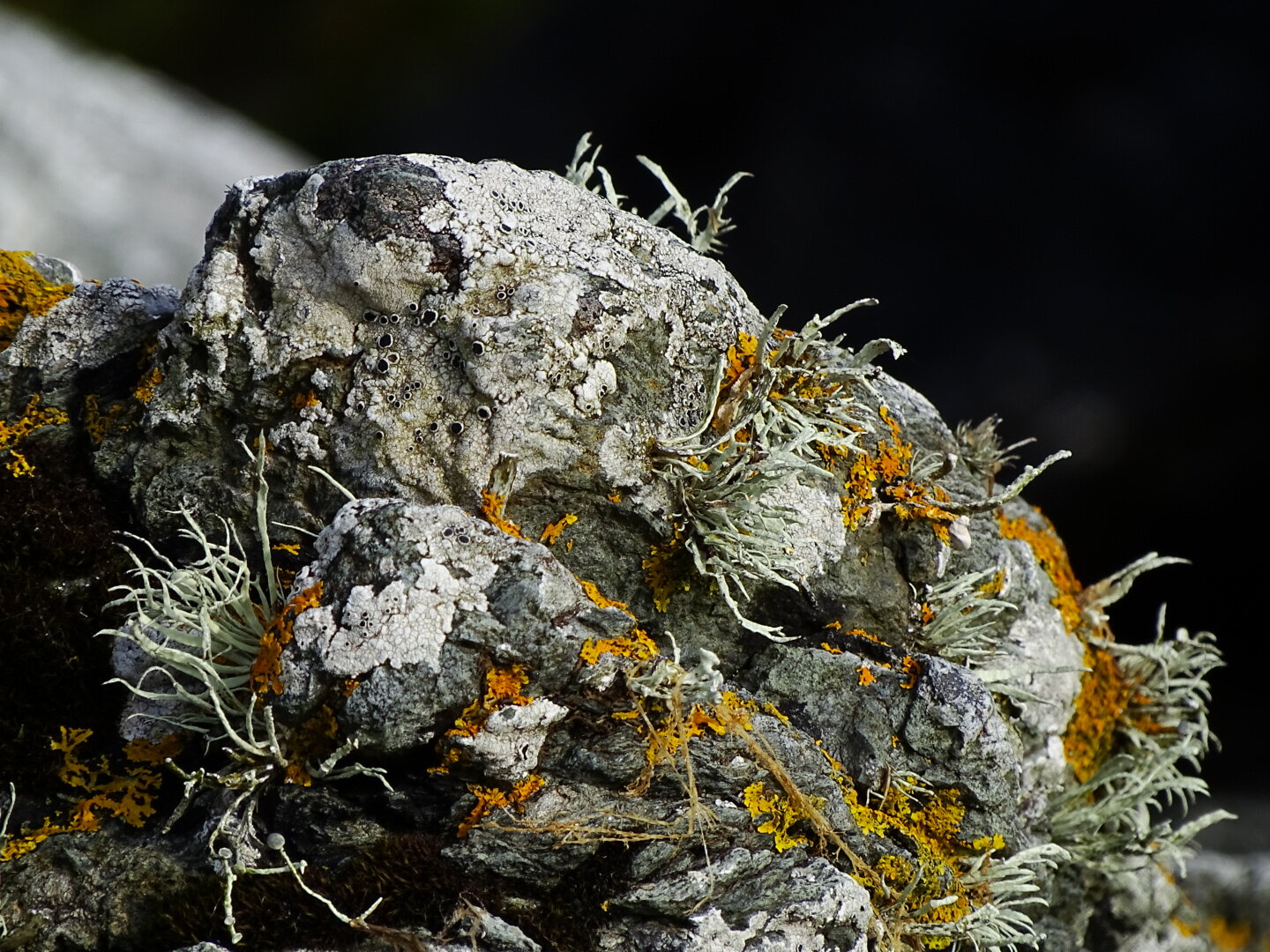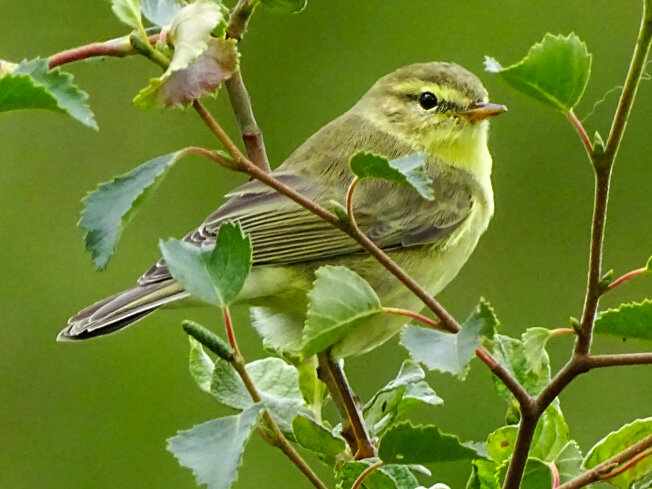Spore-bearing capsules of fern moss
Well, we’ve looked at lichen, so it only seemed fair to take a squint at moss. If you live in the west of Scotland, you live in one of the best places to see the moisture-loving, non-vascular plant. It might not have any veins (known as xylem and phloem in plants) to transport water and sugars but it still harvests sunlight and CO2 which helps to produce some of the oxygen we need to survive. In fact there is a theory that we wouldn’t even be here if it wasn’t for the development of moss about 350 million years ago. Leaving algae and other primitive plants in the sea moss slowly covered the land and significantly increased the oxygen levels in the atmosphere. This may have initially caused an ice age, acting having a kind of anti-greenhouse effect which, in turn, could be the reason there was a mass extinction event at that time. Then again, moss is still a very efficient oxygen producer and is excellent at absorbing nitrogen dioxide, dust and other ozone gases. Just 4 meters square of moss has the same air purifying properties of 300 trees. As a result, many cities are creating moss sculptures, potentially combating a whole host of health problems.
Spongy, soft and damp to the touch, moss is actually quite beautiful close up.
They don’t have proper roots. Instead, they have a series of filaments or threads called rhizoids that anchor them down. Like lichen, moss can attach themselves to most things - trees, stone, soil...
Interestingly, they have a very complicated sex life. Male and female plants have sperm and eggs respectively. The sperm travel through a film of water and have tails to help. The female plants even release a chemical that attracts the sperm. After the eggs are fertilised, stalks ending in capsules are produced and spores released into the air.
There are over 12,000 kinds of moss and some of them are pretty useful. They are a big component of peat which is used for fuel and for smoking malt whisky. Moss itself was used as a dressing for wounds. High in iodine, it keeps the area sterile. It actually saved thousands of lives in World War One when the British army had run out of bandages. A Scotsman, a military surgeon called Charles Walker Cathcart identified two species of sphagnum moss that stopped bleeding and helped wounds heal.
Juniper Haircap Moss
Moss has also been used in mosquito control as it purifies water and stops the flies breeding. Some mosses are used as diuretics and for coughs while the Romans had a more basic use for this moist, antiseptic, easily-plucked plant. It predates Andrex by about two thousand years. So no need to panic when the shops run out of toilet paper. Some tribes of Natives Americans used to line the baby’s cots with moss. Soft and sterile, it acted as a natural nappy.
There are, of course, the potential medicinal uses for moss. Some are already used as diuretics, the Haircap Moss being one example. It’s said to be good at unblocking the urinary tract…
Finally, The saying ‘don’t let the moss grow under your feet’ is a bit of a malaphor. A blend of two proverbs - “don’t let the grass grow under your feet” and “a rolling stone gathers no moss”, both meaning don’t hang about, just get on with it.

















